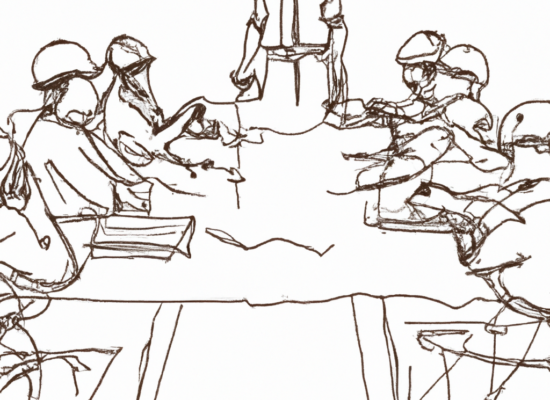Architect Responsibilities Outlined
The American Institute of Architects (AIA) is a well-respected professional organization for architects in the United States. AIA is known for creating standard contract documents for use in the construction industry, including the AIA Document B101. This document outlines the important responsibilities of the architect in a construction project.
One of the most important sections in the AIA Document B101 is Article 2, which defines the architect’s responsibilities. This article lays out what the architect is responsible for during a construction project, including professional services, insurance coverage, and more.
Professional Services
According to Article 2, Section 2.1, the architect is responsible for providing the professional services set forth in the agreement. The architect must perform their services with the same level of skill and care as other architects in the same area and ensure that their services are performed expeditiously.
Architect Responsibilities to Represent
In Article 2, Section 2.3, the architect must identify a representative authorized to act on their behalf in regards to the project. This person will be responsible for communicating with the owner and other parties involved in the project, as well as making decisions on behalf of the architect.
Avoiding Conflicts of Interest
It is crucial for the architect to maintain their professional judgment and avoid conflicts of interest. According to Article 2, Section 2.4, the architect must not engage in any activity or accept any employment, interest, or contribution that would compromise their professional judgment. The architect must also have the owner’s knowledge and consent before engaging in any activity that could potentially compromise their judgment.
Insurance Coverage
One of the key responsibilities of the architect outlined in Article 2 is maintaining insurance coverage for the duration of the agreement. According to Section 2.5, the architect must maintain the following types of insurance: general liability, automobile liability, workers’ compensation, and professional liability insurance. If the insurance requirements exceed what the architect normally maintains, the owner must reimburse the architect for the additional cost.
Conclusion
The AIA Document B101 and its Article 2 outline the important responsibilities of the architect in a construction project, including professional services, insurance coverage, and more. Ensuring that these responsibilities are clearly defined and understood by all parties involved is crucial for the success of any construction project.
The AIA Document B101 and its Article 2 are essential resources for anyone involved in a construction project. With the clear definition of the architect’s responsibilities, all parties can work together to achieve a successful outcome.
 Copyright secured by Digiprove
Copyright secured by Digiprove 



